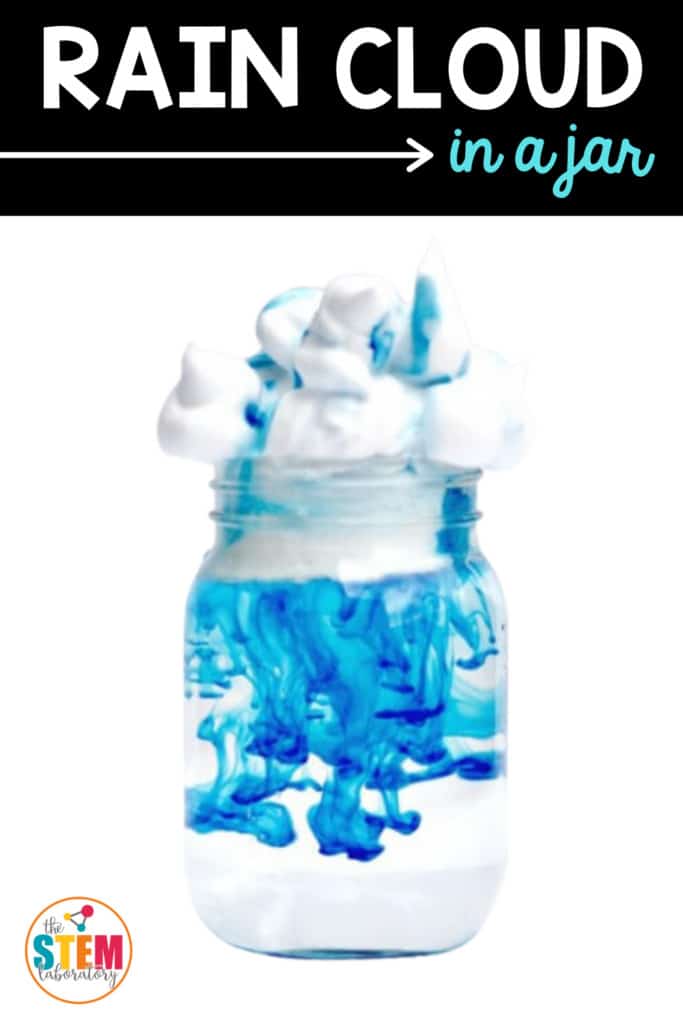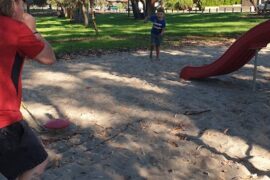Make Your Own Rain Clouds: An Interactive Experiment for Parents and Kids
Hello, amazing parents! If you’re hunting for a delightful indoor activity that combines fun with education, then you’ve hit the jackpot with a rain clouds experiment! Perfect for curious little scientists, this experiment not only entertains but also sheds light on those fluffy wonders in the sky — clouds!
Why Do the Rain Clouds Experiment? Beyond the obvious fun factor, this experiment is a fantastic opportunity to teach your kids about the water cycle in a tangible and memorable way. It’s an activity that can pique their interest in meteorology and the natural world around them — without even having to step outside!
But don’t worry, no need to be a meteorologist to conduct this experiment. All you need are a few simple items that you likely have already, and a sprinkle of creativity. So, let’s dive into the science of clouds and prepare to make our very own indoor rain!
What You’ll Need for Your Rain Clouds Experiment
- A large clear glass or a mason jar
- Shaving cream
- Food coloring (preferably blue to mimic rain)
- Water
- A pipette, dropper, or a teaspoon
Step-by-Step Guide to Creating Your Indoor Rain Cloud
Step 1: Fill the Glass
Grab your clear glass or jar and fill it approximately three-quarters full with water. This represents the air that’s all around us. Plus, since it’s clear, it allows you to see all the cool action that’s about to happen.
Step 2: Form Your Cloud
Next, it’s time to make the cloud! Take your shaving cream and spray it on top of the water to form a cloud. It might look like a fluffy mountain — that’s exactly what you want. This cloud should be thick enough to hold the “rain” for a little before it starts to fall.
Step 3: Add the Rain!
Here’s where the magic happens. Use the pipette or dropper to suck up some blue food coloring. Now, gently drip the food coloring onto the top of the shaving cream cloud. The “rain” will start to seep through the cloud and begin to fall into the water beneath, similar to how real rain passes through clouds and falls to the earth.
Together, watch in awe as your homemade rain showers down! It’s a marvel to watch the color burst and swirl as it enters the water beneath the cloud — a true tiny storm in a glass!
But what’s the science behind it? Well, in the real world, when water evaporates and rises into the atmosphere, it forms clouds. When those clouds get heavy enough, the water falls back down as precipitation — or in simpler terms, rain!
With this experiment, the shaving cream acts as the cloud, the water in the jar represents the air, and the droplets of food coloring mimicking the process of rain. The shaving cream holds onto the food coloring for a bit, just as clouds hold onto water vapor. When it gets too heavy, it rains!
Feel free to repeat the experiment, perhaps even testing out how different cloud thicknesses (shaving cream) affect the “rainfall”. Encourage your little scientists to ask questions, make predictions, and, most importantly, have an awesome time discovering and learning!
Now, you might be wondering what other incredible insights and fun facts you can explore with this experiment. Hang tight, because we’re about to reveal not only the wider implications of this nifty little demonstration but also troubleshooting tips, variations, and some interesting side quests you can embark on with your child to deepen their understanding and appreciation of the natural world around them.
Who knew a little bit of shaving cream and food coloring could unleash such a downpour of knowledge and joy? So, grab your lab goggles (or just your enthusiasm — goggles are optional!) and let’s make a splash in the vast ocean of science together!

5 Things Parents Should Know in Preparing for the Rain Clouds Experiment
1. Safety First
When conducting experiments at home, safety should always be the top priority, even with something as simple as the rain clouds experiment. Ensure that all materials used are non-toxic, and that young children are supervised to prevent any accidental ingestion or mishaps with the food coloring.
2. Getting Creative with Colors
While blue is the traditional color for representing rain, feel free to let your child’s creativity run wild with a variety of colors. This not only makes the experiment more visually engaging but can also spark conversations about diversity in nature and rainbows. Just remember that darker colors tend to show up better against the white shaving cream.
3. The Importance of Clean-Up
This experiment can get a bit messy, with potential for food coloring to stain surfaces and fingers. Have paper towels handy, protect your work surface with newspaper or a plastic sheet, and pre-plan for quick clean-up. Washable food coloring is recommended for easier stain removal.
4. Experiment Extensions
Extend the learning by turning the rain clouds experiment into a full-blown science project. You can track the weather for a week and compare real-life cloud formations with those you create in your jar. You can also experiment with adding “pollutants” to the cloud to discuss environmental impacts on rain.
5. Documenting the Experience
Encourage your child to document the experiment process and outcome. They can draw what they see, write down observations, or even take photos. This not only reinforces the scientific method but also provides them with a tangible record of their learning experience.
Elaborating on the Science Behind the Experiment
Delving deeper into the science, you can discuss topics like the types of clouds—cirrus, cumulus, stratus, etc.—and their roles in weather prediction. Explain that in the atmosphere, there are many particles on which water vapor can condense, creating the clouds we see. You can simulate this by sprinkling a bit of pepper onto the shaving cream before adding the “rain” to represent condensation nuclei.
Troubleshooting Tips
What if the color doesn’t seep through the shaving cream, or it seeps too quickly? Adjust the amount of shaving cream for future tries—just like actual clouds, the density can significantly affect how precipitation occurs. If the colors mix into a brownish hue, use less food coloring or wait longer intervals between each drop to keep them vibrant and distinct.
Experiment Variations
Mix it up by using different containers or adding multiple “cloud layers” with extra shaving cream. Invite your child to predict what will happen with each variation—will the rain fall differently? How will it look if you layer colors?
Real-World Connections: The Water Cycle and Environment
After the fun of the indoor experiment, take your child on an educational journey through the water cycle. Use diagrams to show evaporation, condensation, and precipitation in action, and discuss how this cycle is crucial to the environment. Talk about the importance of conserving water and keeping our water sources clean, relating it back to the purity needed in your experiment.
Encouraging Further Exploration
Finally, fuel your child’s curiosity by encouraging further investigation. Visit science museums, explore weather-related books, and maybe even start a small weather station at home. Every cloud has a silver lining, and in this case, it’s the endless opportunities for learning and fun!
Get ready to fill your home with the sound of delighted “ooh’s” and “ahh’s” as your child experiences the wonder of science through the rain clouds experiment. Enjoy watching those young minds blossom like flowers in a spring shower.
See more great Things to Do with Kids in New Zealand here. For more information see here
Disclaimer
The articles available via our website provide general information only and we strongly urge readers to exercise caution and conduct their own thorough research and fact-checking. The information presented should not be taken as absolute truth, and, to the maximum extent permitted by law, we will not be held liable for any inaccuracies or errors in the content. It is essential for individuals to independently verify and validate the information before making any decisions or taking any actions based on the articles.




